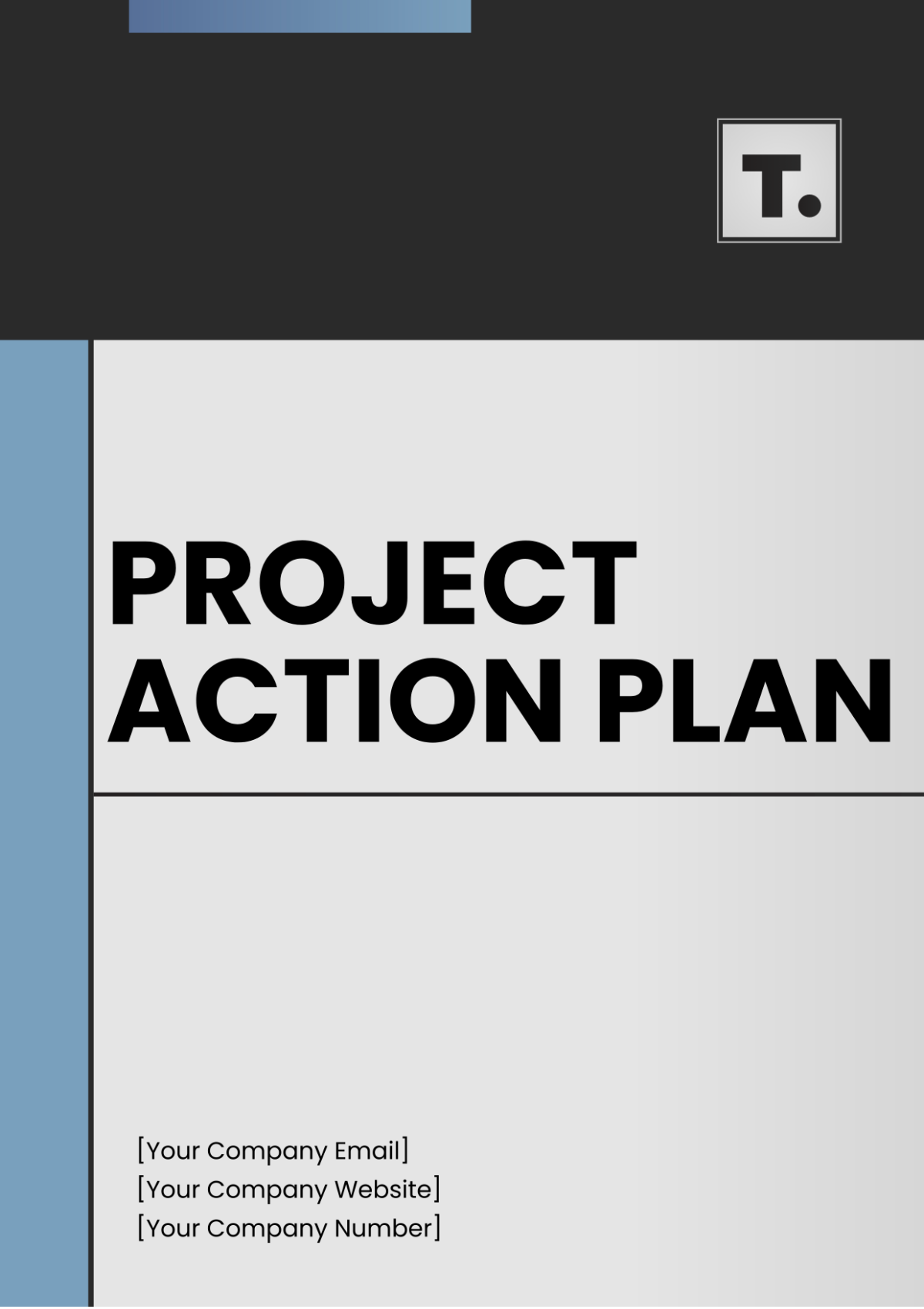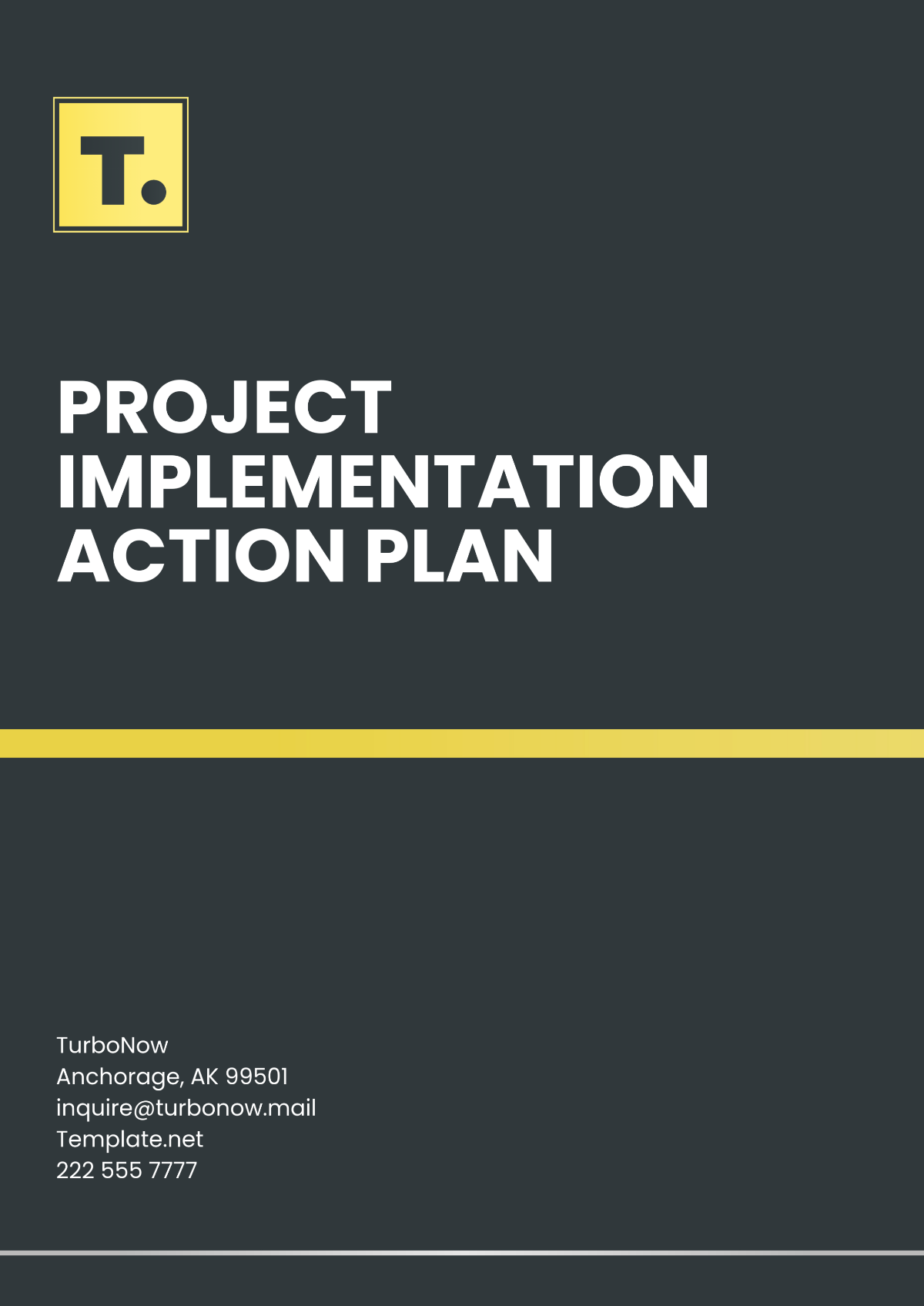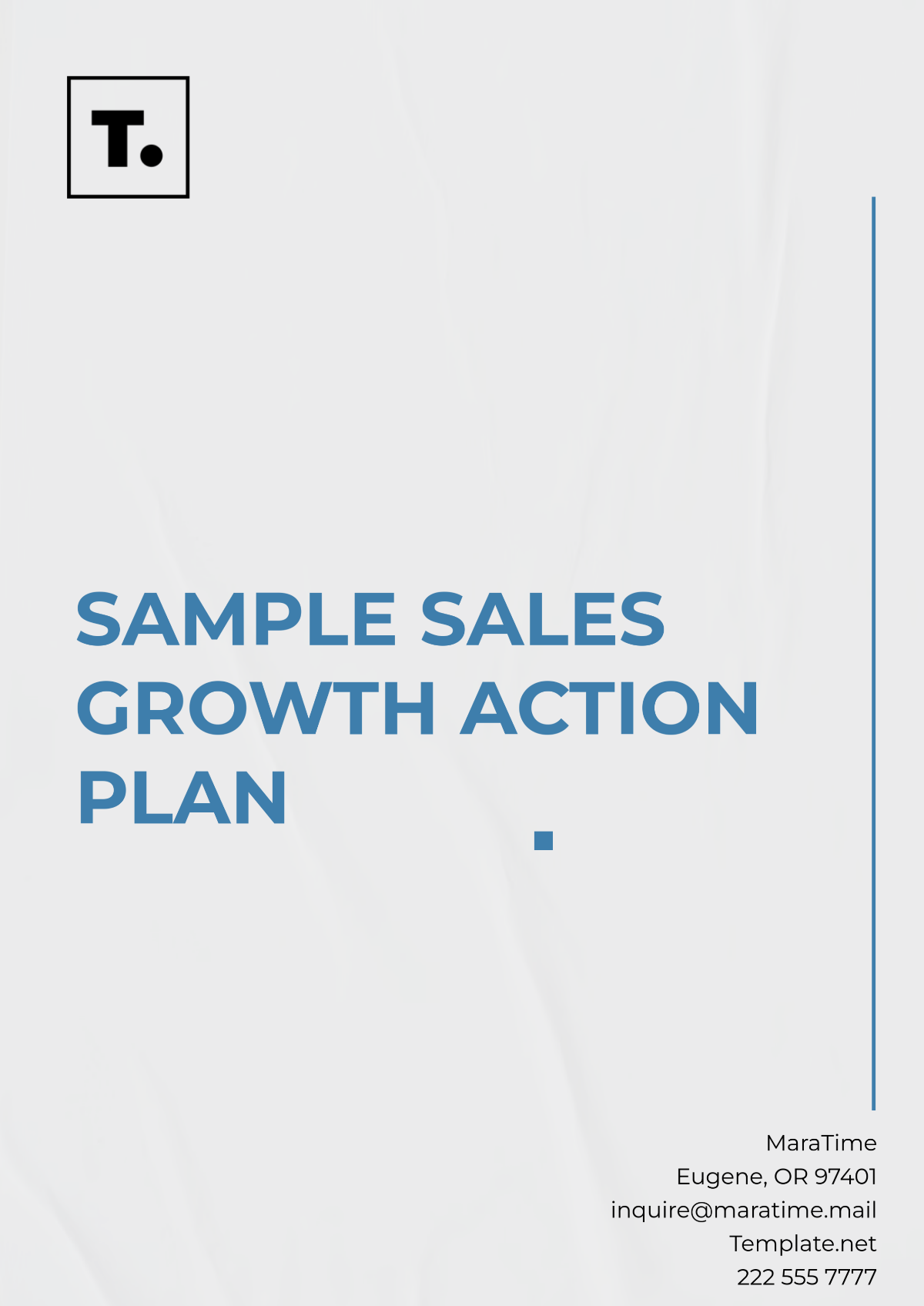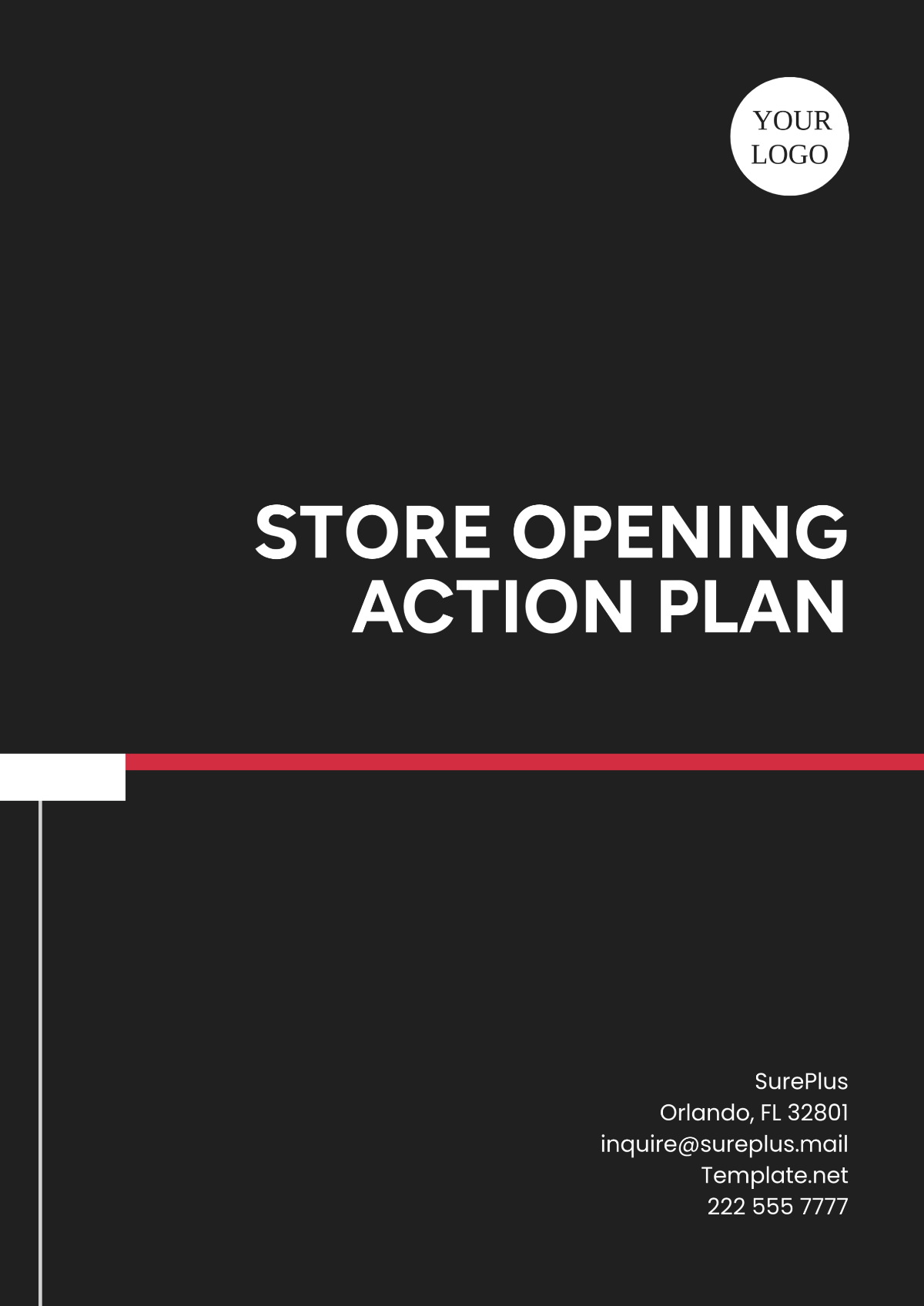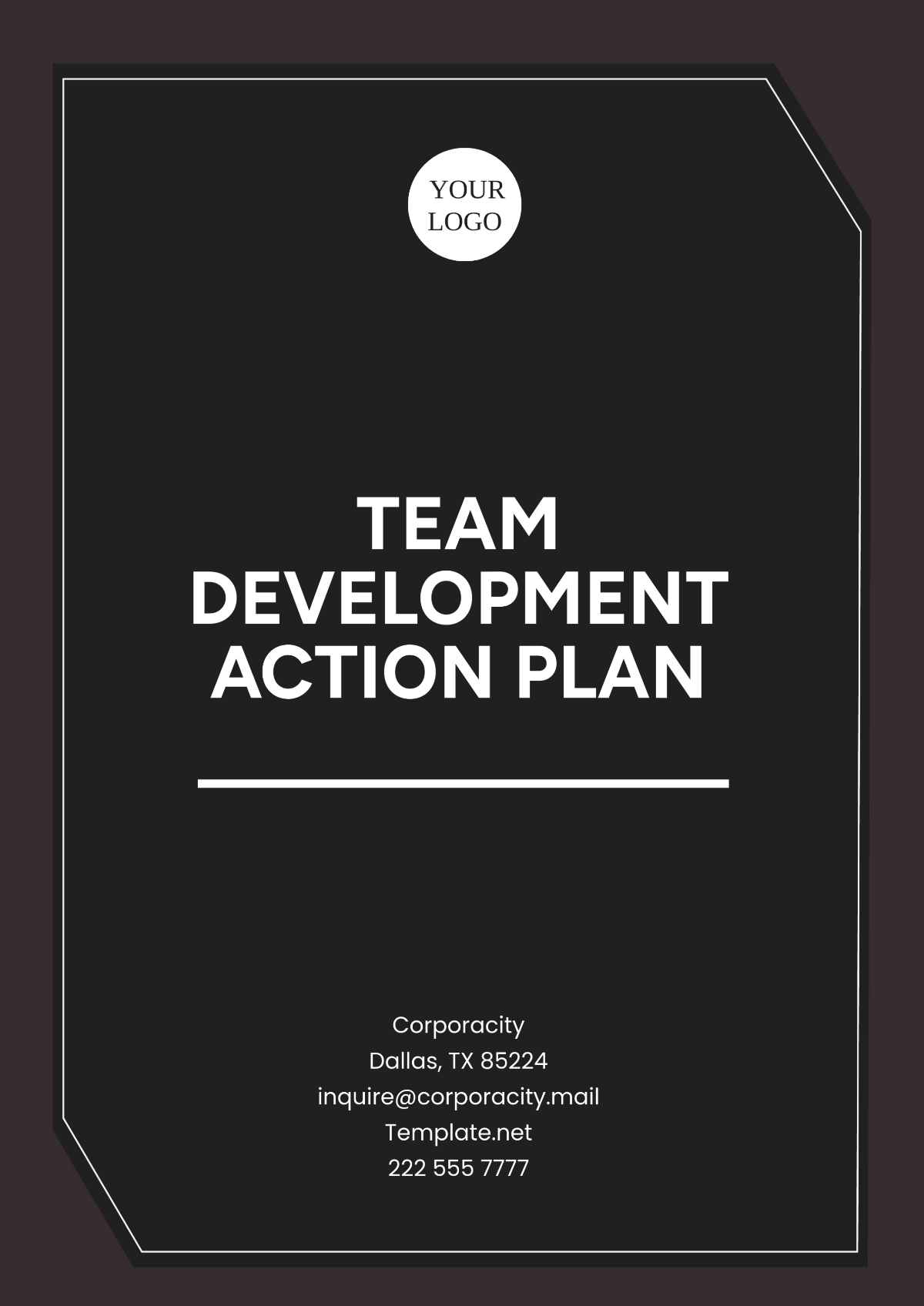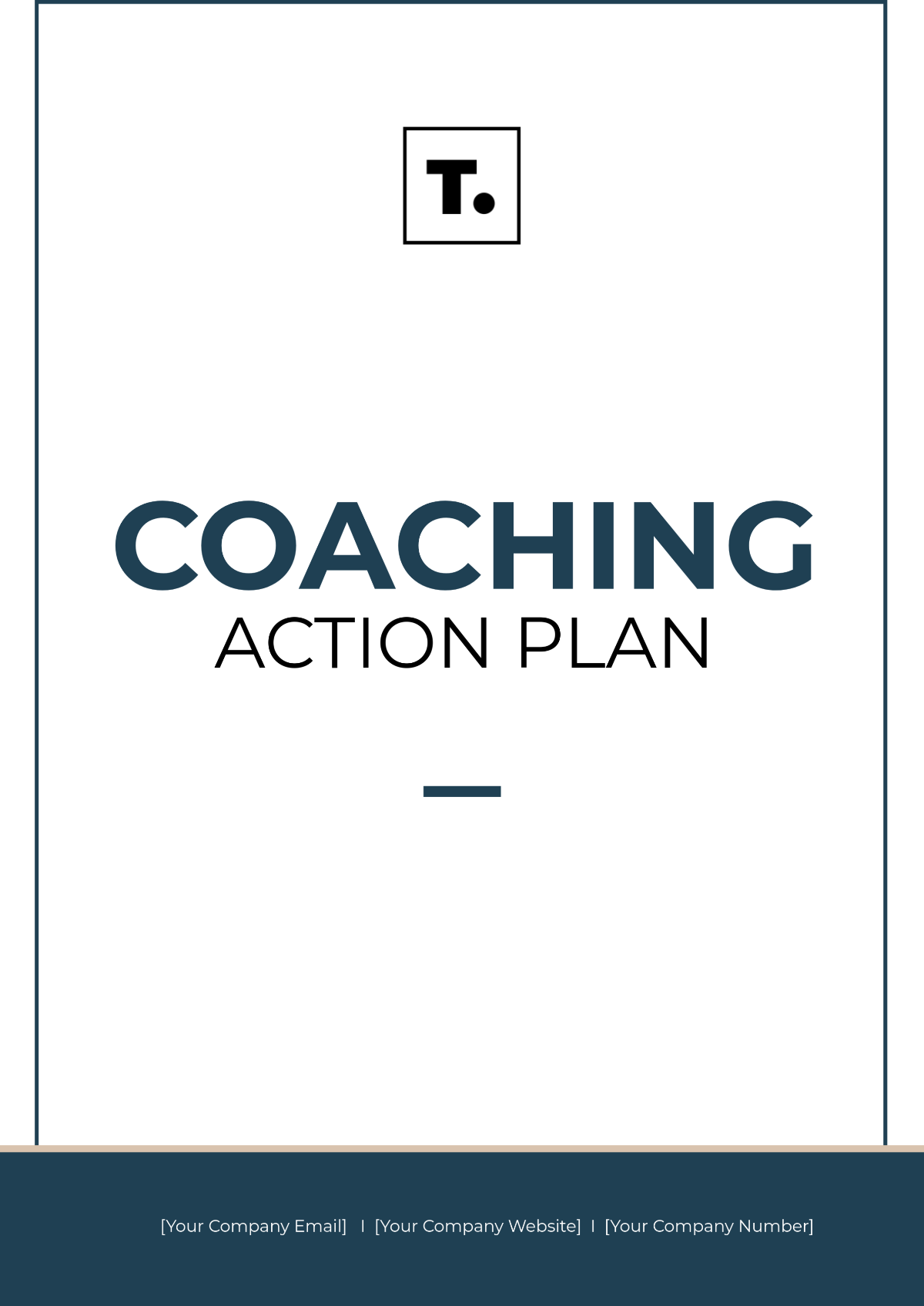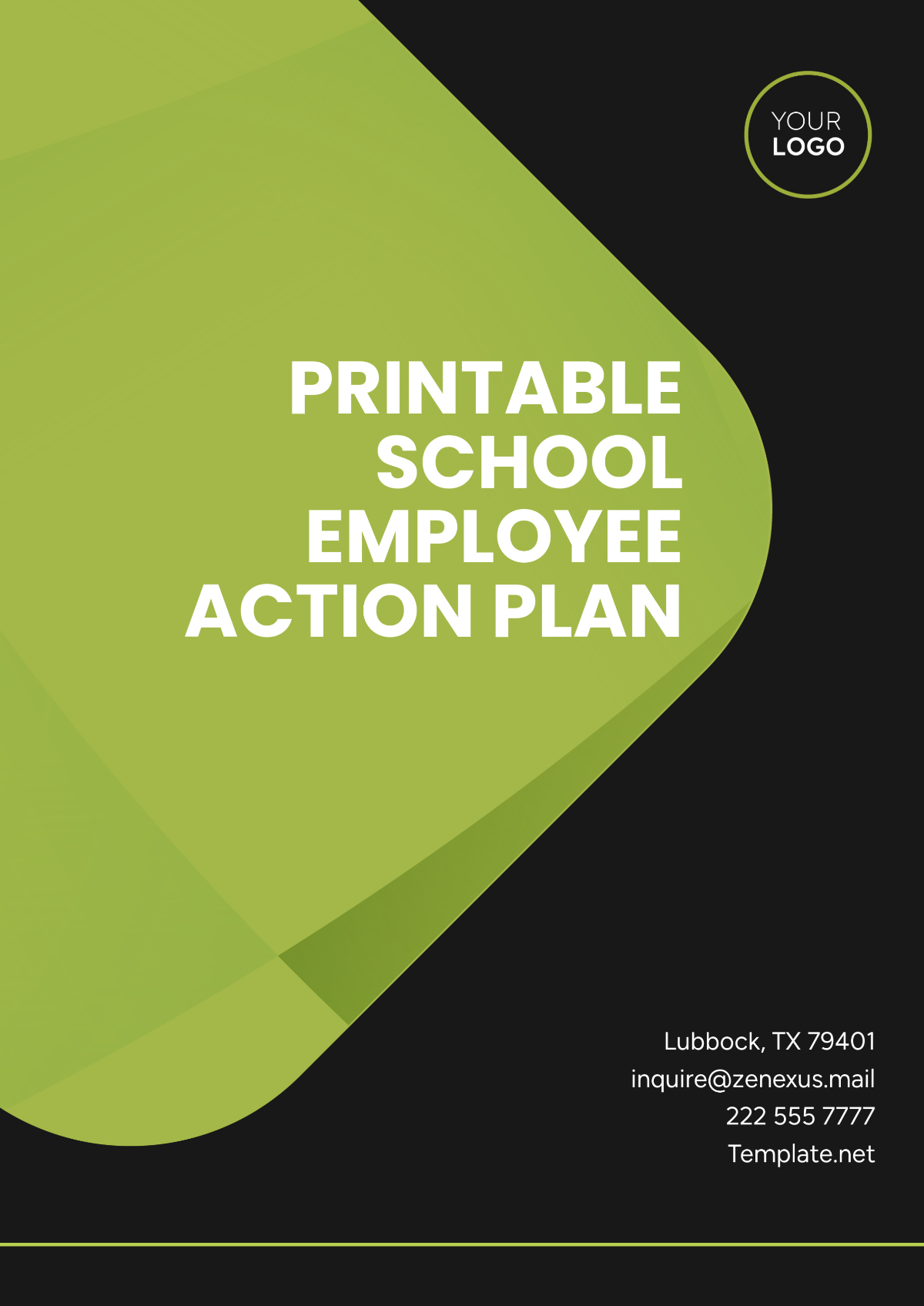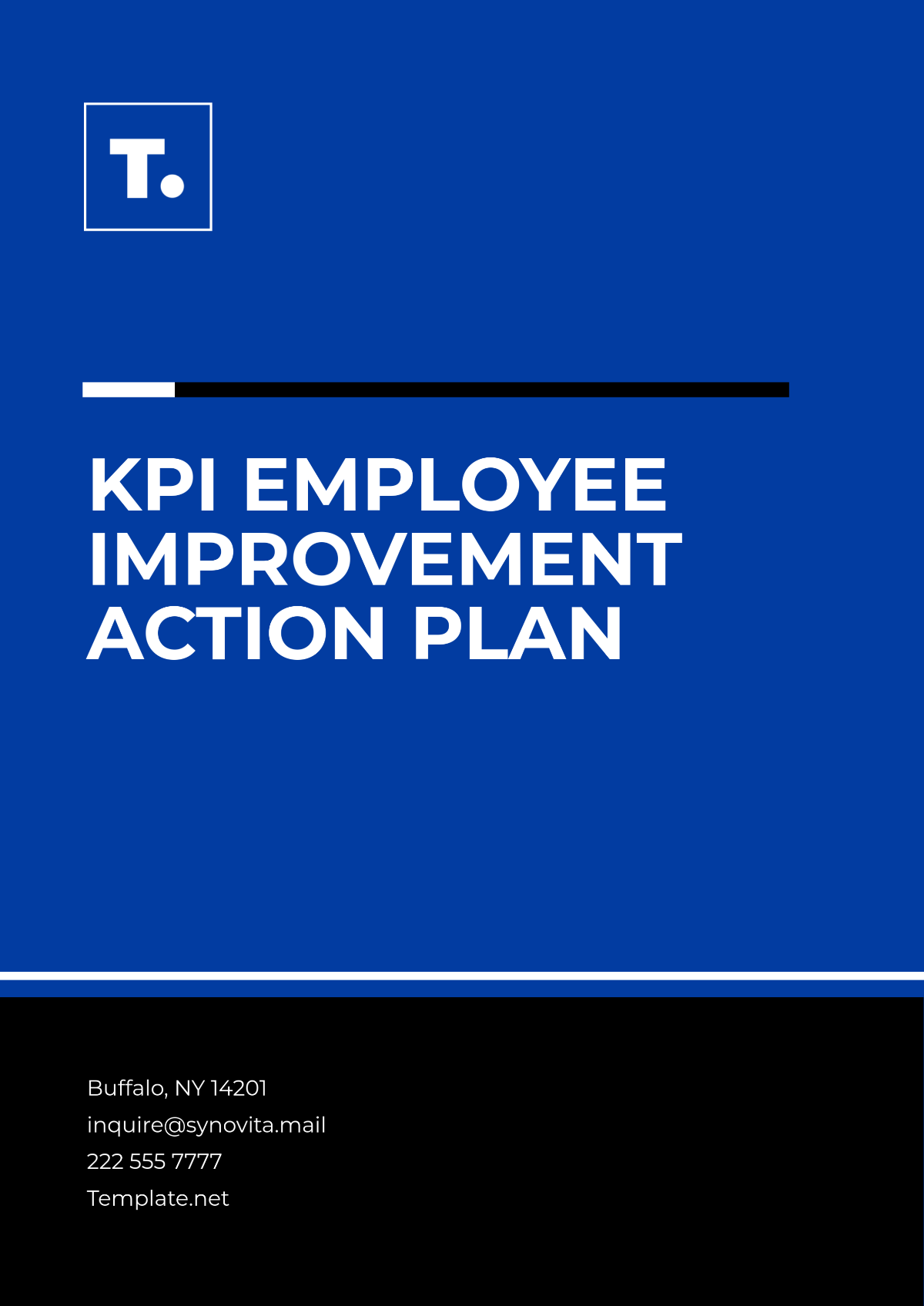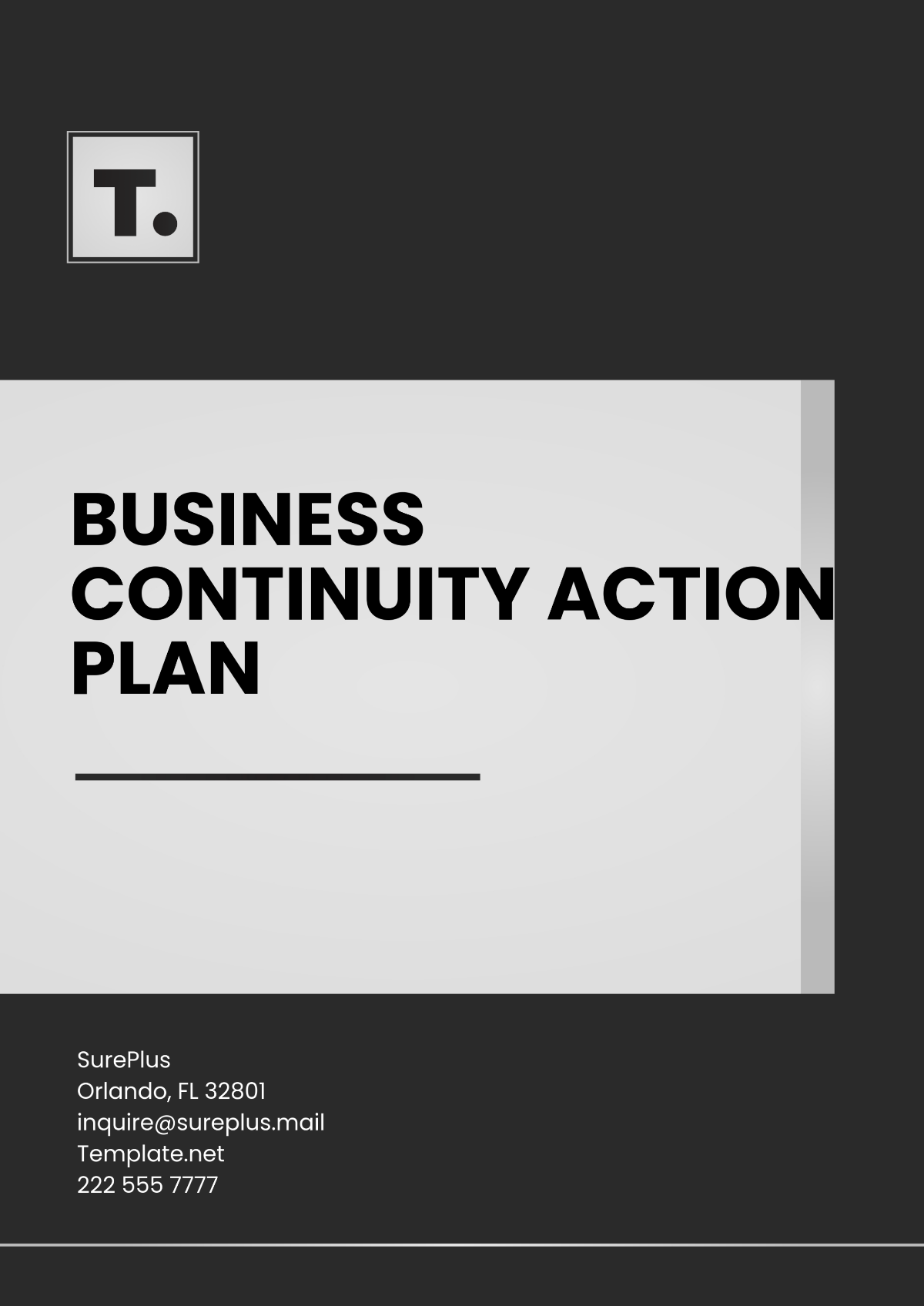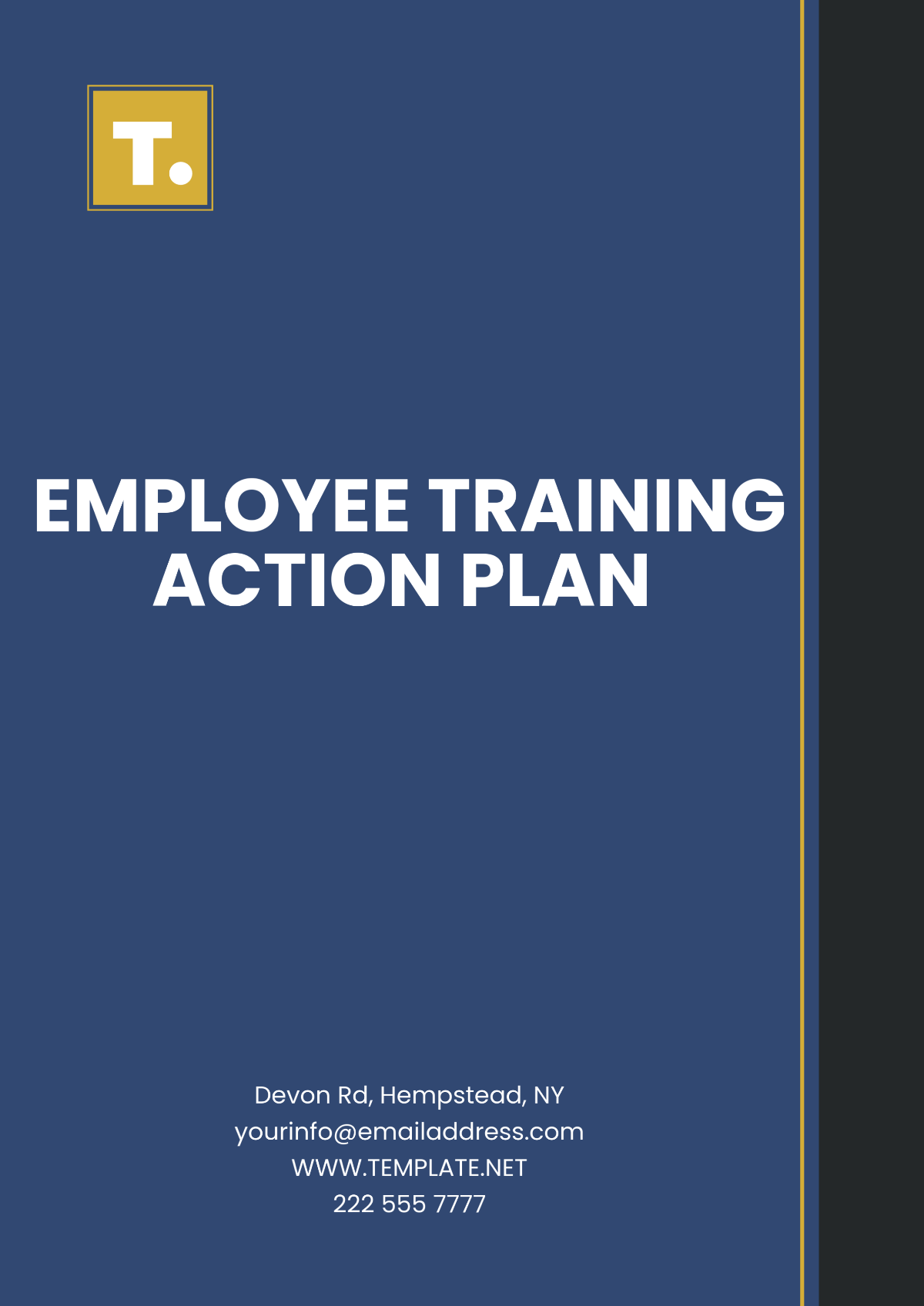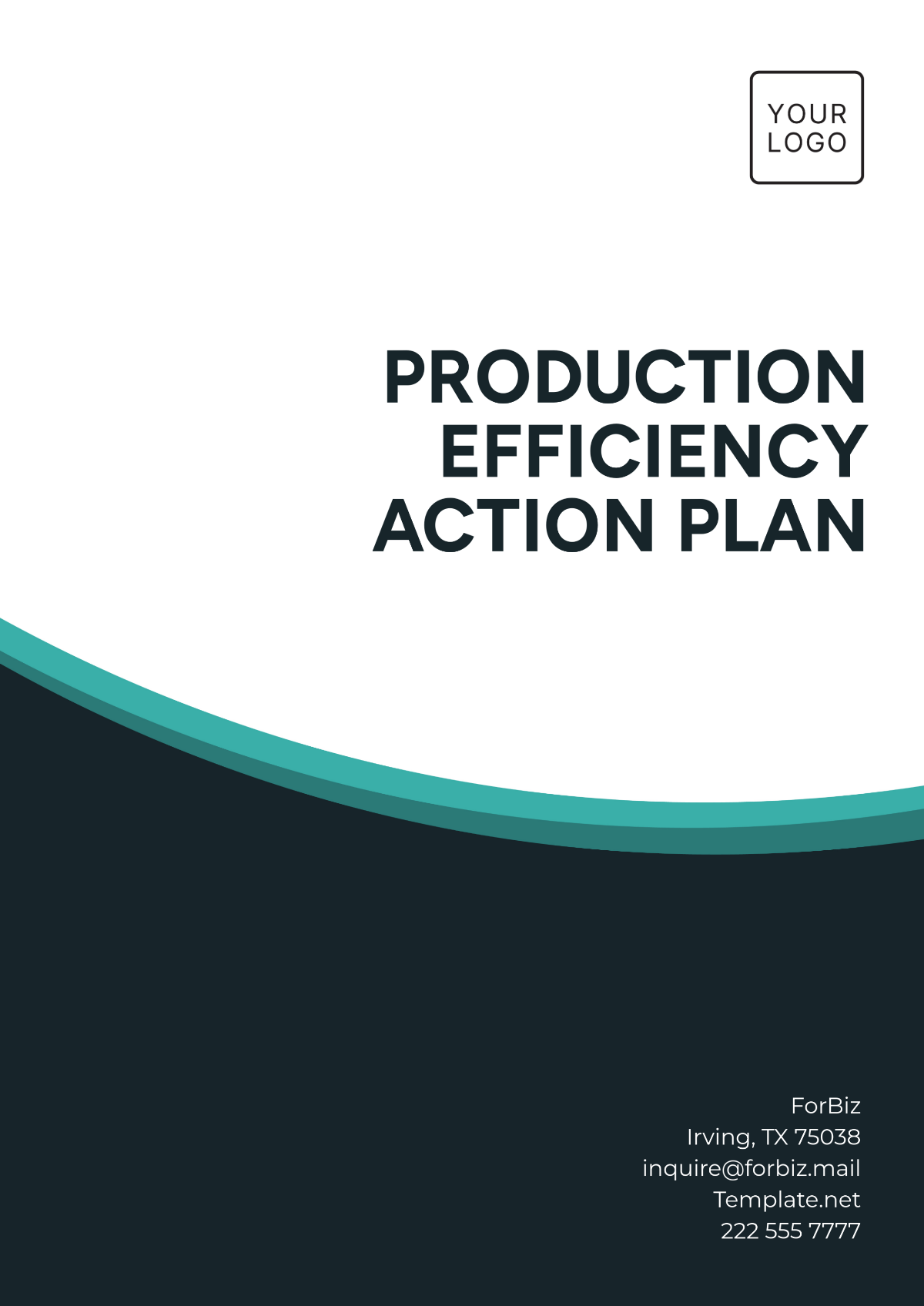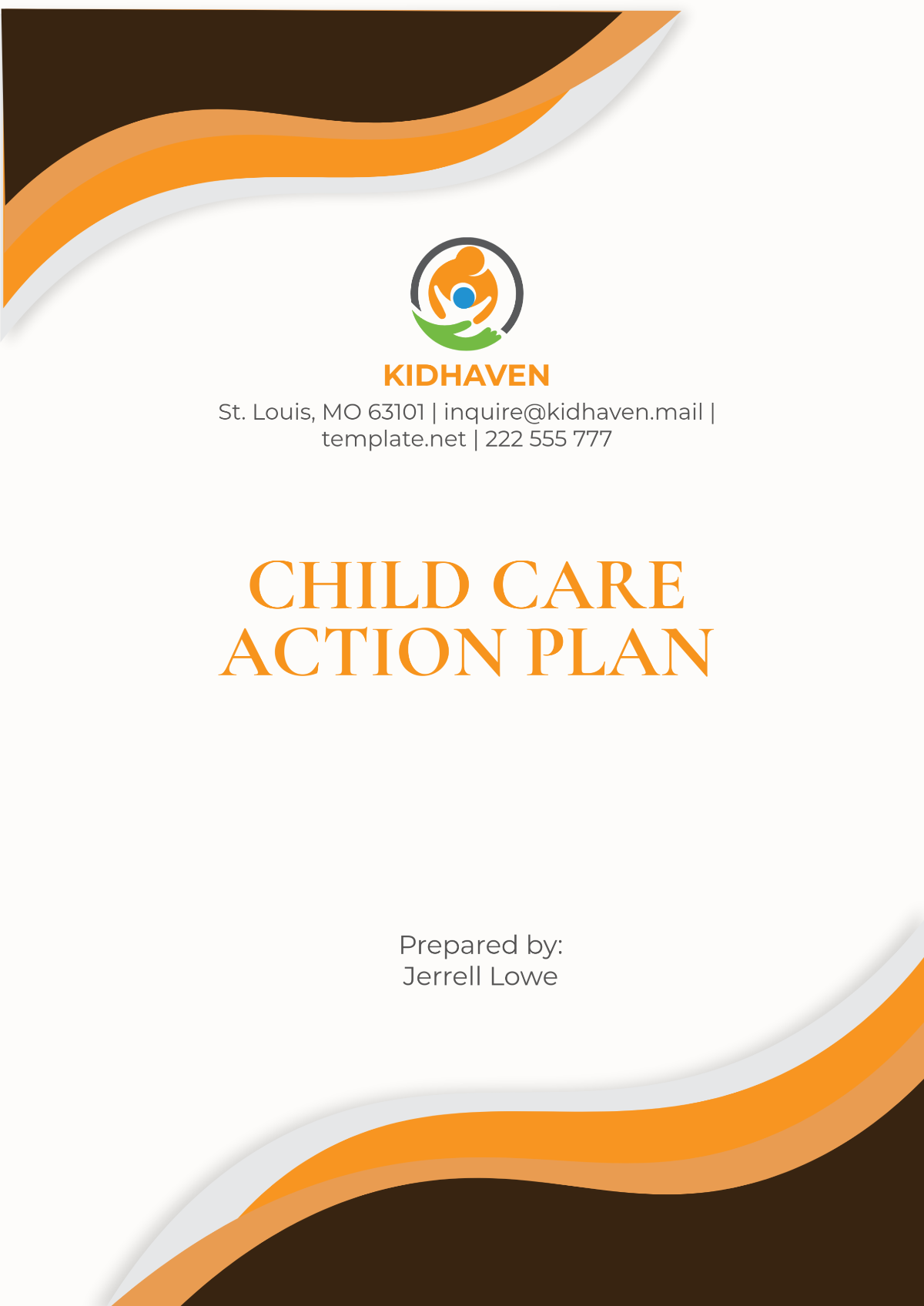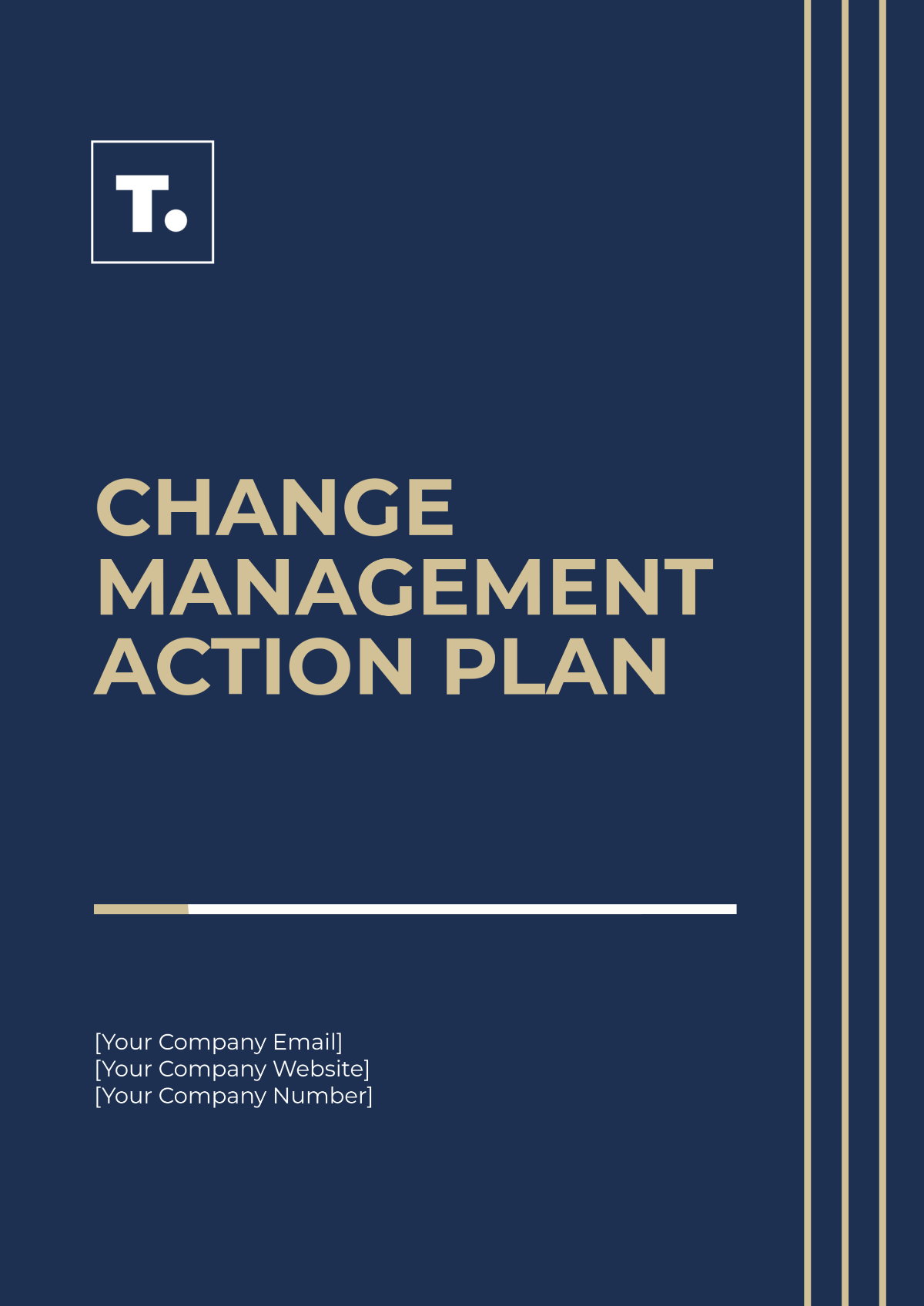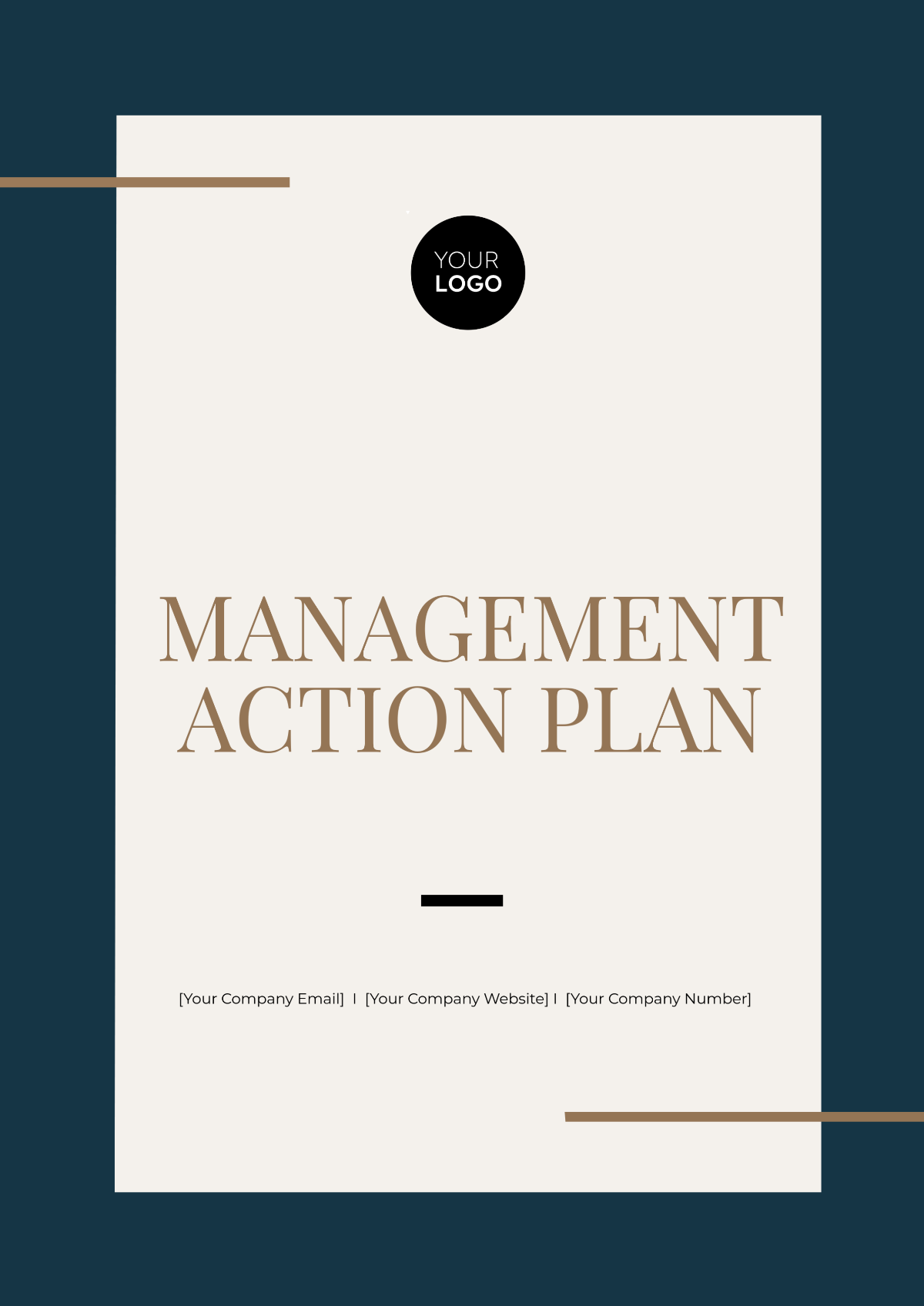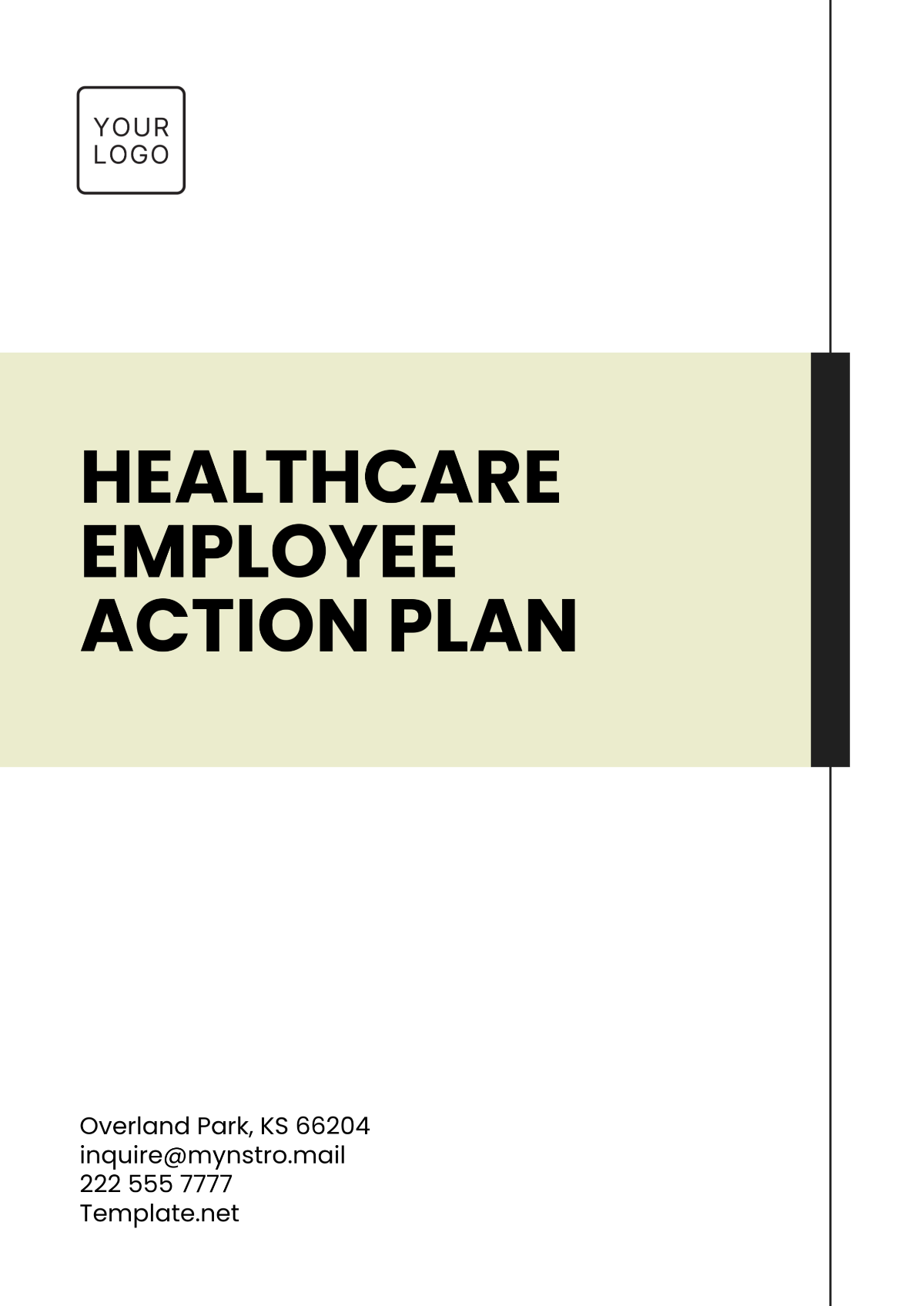Department Store Action Plan
1. Executive Summary
This Department Store Action Plan outlines a strategic approach for [Your Company Name] to enhance its operational efficiency, customer satisfaction, and overall market competitiveness in the retail landscape of [2050] and beyond. As consumer preferences evolve and technology advances, this plan aims to position [Your Company Name] as a leader in the department store industry by leveraging innovative practices, sustainable operations, and robust customer engagement strategies. This comprehensive plan not only addresses current challenges but also anticipates future trends, ensuring that [Your Company Name] remains at the forefront of the retail sector. By focusing on long-term customer relationships, digital transformation, and sustainable retail practices, [Your Company Name] is poised for sustained growth and success in the ever-evolving marketplace.
2. Market Analysis
2.1 Industry Overview
The retail industry is projected to experience significant transformations by the year [2050]. Key trends include:
Digital Integration: The increasing use of technology in shopping experiences will redefine customer interactions. With a projected [75%] of consumers preferring hybrid shopping models that combine online and in-store experiences, it is essential for [Your Company Name] to develop a seamless integration between digital and physical shopping platforms. This includes improving online product visibility, offering virtual shopping experiences, and utilizing augmented reality to enhance customer engagement.
Sustainability Focus: As environmental awareness continues to rise, a staggering [80%] of consumers will prioritize brands that demonstrate sustainable practices. This shift will compel [Your Company Name] to adopt eco-friendly initiatives, such as sourcing sustainable products, reducing waste, and minimizing energy consumption. By aligning with consumer values, [Your Company Name] can strengthen brand loyalty and enhance its reputation in the marketplace.
Personalized Shopping Experiences: Data analytics will drive personalized recommendations and shopping experiences. With [70%] of shoppers expressing a preference for tailored promotions based on past purchases, it becomes crucial for [Your Company Name] to invest in customer relationship management systems that track purchasing behavior. By offering personalized deals and suggestions, the company can significantly enhance customer satisfaction and retention.
2.2 Target Market
[Your Company Name] will target a diverse consumer base, including:
Millennials and Gen Z: This demographic values authenticity, sustainability, and social responsibility. They are projected to make up [50%] of the consumer market by [2050]. Understanding their preferences for brands that reflect their values will be key to engaging this audience effectively. Strategies such as influencer partnerships and social media marketing will be essential to reach these tech-savvy consumers.
Families: Households with children will seek convenient shopping solutions, making up [40%] of the total target audience. Offering family-oriented promotions, discounts, and products tailored to parents and children will attract this demographic. Creating family-friendly shopping environments that accommodate children’s needs can also enhance the shopping experience.
Senior Citizens: An aging population will require accessible and user-friendly shopping environments, representing [20%] of consumers by [2050]. To cater to this segment, [Your Company Name] will need to consider store layouts, signage, and customer service approaches that address the unique needs of senior shoppers. Training staff to assist elderly customers effectively will also be a priority.
2.3 Competitive Analysis
The competitive landscape includes traditional department stores, online retailers, and niche market players. Key competitors include:
Competitor Name | Strengths | Weaknesses |
|---|---|---|
Competitor A | Strong online presence, advanced logistics | Limited in-store experience |
Competitor B | Diverse product range, strong brand loyalty | Higher price points |
Competitor C | Focus on sustainability, community engagement | Smaller market share |
To maintain a competitive edge, [Your Company Name] must continuously analyze competitors’ strengths and weaknesses. By identifying gaps in their offerings, [Your Company Name] can tailor its strategies to meet unmet consumer needs and establish a unique market position. This involves not only matching competitors in key areas but also innovating in ways that set [Your Company Name] apart, such as through superior customer service, exclusive product lines, and cutting-edge technology integration.
3. Strategic Objectives
3.1 Short-Term Goals (2050-2052)
Enhance In-Store Experience: Redesign store layouts to improve navigation and customer engagement by [30%]. This includes creating thematic areas that align with product categories, thereby facilitating easier shopping experiences. Incorporating interactive displays and experiential zones will also engage customers and encourage longer visits.
Boost Online Sales: Increase online sales by [50%] through enhanced website functionalities and targeted digital marketing campaigns. Implementing features like one-click purchasing, virtual try-ons, and live customer support can significantly improve the online shopping experience. Regular analysis of online traffic and conversion rates will help in optimizing digital strategies.
Implement Sustainable Practices: Reduce carbon footprint by [20%] through energy-efficient operations and sustainable sourcing. Initiatives such as transitioning to renewable energy sources, reducing packaging waste, and promoting recycling programs in-store can greatly contribute to this goal. Additionally, educating consumers about the importance of sustainability can foster loyalty and encourage eco-friendly shopping habits.
3.2 Long-Term Goals (2053-2055)
Become an Industry Leader: Achieve a [15%] market share in the department store sector by [2055]. This will require not only maintaining competitive pricing but also establishing a reputation for quality and customer service. By continuously innovating and adapting to market trends, [Your Company Name] can position itself as a trusted leader.
Expand Product Lines: Introduce [100+] new eco-friendly products across all categories by [2035]. This expansion should focus on high-demand categories such as beauty, home goods, and groceries. Collaborating with eco-conscious brands and local artisans can enhance product offerings while supporting sustainable practices.
Enhance Customer Loyalty Programs: Increase customer retention rates by [25%] through personalized rewards and engagement strategies. By leveraging data analytics, [Your Company Name] can create tiered loyalty programs that reward customers based on their spending habits and shopping frequency. Regularly updating the rewards system to include exclusive deals and experiences will keep customers engaged and coming back.
4. Action Plan
4.1 Operational Enhancements
4.1.1 Store Layout Redesign
Objective: Improve customer flow and accessibility.
Actions:
Conduct customer surveys to identify pain points in store navigation. This feedback will provide valuable insights into how shoppers interact with the current layout.
Collaborate with design experts to create a more intuitive layout that minimizes congestion and enhances the shopping experience. Considerations for wide aisles, clear signage, and product placement will be essential.
Implement smart signage technology to guide customers effectively. Digital displays can provide real-time information about promotions, product availability, and store events.
Action Item | Deadline | Responsible Team |
|---|---|---|
Customer surveys | Q1 [2050] | Marketing |
Layout design | Q2 [2050] | Store Planning |
Technology integration | Q3 [2050] | IT Department |
4.1.2 Technology Integration
Objective: Enhance operational efficiency and customer experience.
Actions:
Invest in an advanced POS system for seamless transactions. This system should integrate with inventory management to ensure accurate stock levels and reduce checkout times.
Utilize AI-driven analytics for inventory management and demand forecasting. Implementing predictive analytics will enable [Your Company Name] to stock products according to anticipated demand, thus reducing overstock and stockouts.
Implement a mobile app for customers to check inventory, browse products, and receive personalized promotions. The app should feature user-friendly navigation and integrated loyalty rewards to drive customer engagement.
Action Item | Deadline | Responsible Team |
|---|---|---|
POS system upgrade | Q4 [2050] | IT Department |
AI analytics | Q1 [2051] | Operations |
Mobile app launch | Q2 [2051] | IT Department |
4.2 Marketing Strategies
4.2.1 Digital Marketing Campaigns
Objective: Increase online presence and customer engagement.
Actions:
Develop a content marketing strategy focused on sustainability and product education. This strategy should include blog posts, videos, and infographics that highlight eco-friendly products and practices.
Utilize social media platforms for targeted ads and influencer collaborations. Partnering with influencers who align with [Your Company Name]’s values will enhance brand visibility among younger consumers.
Implement SEO strategies to enhance website visibility. Regularly updating website content with relevant keywords and optimizing page speed will contribute to higher search rankings and increased traffic.
Action Item | Deadline | Responsible Team |
|---|---|---|
Content strategy development | Q2 [2050] | Marketing |
Influencer partnerships | Q3 [2050] | Social Media |
SEO implementation | Q4 [2050] | Digital Marketing |
4.2.2 Customer Loyalty Programs
Objective: Strengthen customer relationships and increase retention.
Actions:
Redesign the loyalty program to include personalized rewards based on shopping behavior. Implementing a points system that allows customers to earn rewards for every purchase will encourage repeat visits.
Conduct regular feedback sessions to improve the loyalty program. Engaging customers in the design of the loyalty program will ensure that it meets their needs and preferences.
Launch targeted promotions to re-engage inactive customers. Sending personalized offers and incentives can motivate lapsed customers to return and shop.
Action Item | Deadline | Responsible Team |
|---|---|---|
Loyalty program redesign | Q1 [2051] | Marketing |
Feedback sessions | Q2 [2051] | Customer Service |
Re-engagement campaigns | Q3 [2051] | Marketing |
4.3 Sustainability Initiatives
4.3.1 Sustainable Sourcing
Objective: Promote environmentally-friendly products.
Actions:
Partner with suppliers that prioritize sustainable practices, such as using ethically sourced materials and reducing carbon emissions. Building strong relationships with manufacturers that align with [Your Company Name]’s sustainability goals will allow for a wider selection of eco-conscious products on the shelves.
Conduct regular audits of current product lines to identify opportunities for improvement. Assessing existing products for their environmental impact will guide decisions on which items to phase out or replace with sustainable alternatives.
Launch a sustainable product certification program to create clear distinctions in the marketplace. By establishing criteria for eco-friendly products, [Your Company Name] can educate customers on their choices and highlight products that meet the highest environmental standards.
Action Item | Deadline | Responsible Team |
|---|---|---|
Supplier partnerships | Q3 [2050] | Procurement |
Product audits | Q4 [2050] | Quality Control |
Certification program launch | Q1 [2051] | Marketing |
4.3.2 Energy Efficiency and Carbon Footprint Reduction
To align with global sustainability goals, [Your Company Name] will implement energy-efficient technologies and reduce its carbon footprint across all stores. This will not only reduce operational costs but also demonstrate leadership in sustainability within the retail industry.
Objective: Achieve carbon neutrality across all operations by [2055].
Actions:
Retrofit existing stores with energy-efficient LED lighting and smart thermostats to reduce energy consumption. These changes are expected to lower energy usage by up to [30%], significantly reducing utility costs and environmental impact.
Install solar panels on the roofs of flagship stores to harness renewable energy. This will reduce reliance on non-renewable energy sources, decreasing the overall carbon footprint of the store’s operations.
Partner with third-party carbon offset programs to neutralize any remaining carbon emissions. Investing in projects such as reforestation or renewable energy generation will balance out [Your Company Name]’s unavoidable emissions, ensuring the company reaches its goal of carbon neutrality.
Action Item | Deadline | Responsible Team |
|---|---|---|
LED lighting retrofit | Q1 [2051] | Facilities |
Solar panel installations | Q2 [2051] | Facilities and Sustainability Team |
Carbon offset partnerships | Q3 [2051] | Sustainability |
4.3.3 Waste Reduction Strategies
Reducing waste is critical not only to environmental responsibility but also to operational efficiency. By minimizing waste, [Your Company Name] can lower costs and enhance its green credentials in the eyes of customers.
Objective: Minimize waste generated by store operations.
Actions:
Implement a comprehensive recycling program for both customers and employees. Providing accessible recycling stations in-store will encourage active participation in waste reduction efforts. Customers can recycle packaging, and employees will be trained on proper recycling protocols to ensure minimal waste generation.
Transition to paperless operations by digitizing processes such as invoicing, receipts, and reporting. This move not only reduces paper waste but also streamlines operations, creating a more efficient, cost-effective, and environmentally friendly business model.
Partner with local charities to donate unsold goods, ensuring that products are repurposed instead of ending up in landfills. Establishing partnerships with organizations that accept excess inventory will contribute to waste reduction while also supporting community welfare initiatives.
Action Item | Deadline | Responsible Team |
|---|---|---|
Recycling program launch | Q2 [2051] | Sustainability Team |
Paperless transition | Q3 [2051] | IT and Accounting |
Charity partnerships | Q4 [2051] | Community Relations |
4.3.4 Sustainable Packaging Solutions
Packaging waste is a major contributor to environmental pollution. To address this, [Your Company Name] will explore sustainable packaging alternatives for both its products and customer purchases.
Objective: Transition to [100%] sustainable packaging by [2050].
Actions:
Replace all single-use plastic bags with biodegradable or reusable alternatives. This action will reduce plastic waste, ensuring that customer purchases are packaged in an environmentally friendly manner.
Introduce a “bring your own bag” initiative, rewarding customers who choose to bring reusable bags for their shopping. Incentives such as discounts or loyalty points will encourage this behavior, contributing to waste reduction.
Redesign product packaging to use minimal materials while maintaining durability. By optimizing packaging design, the company can reduce waste, lower shipping costs, and create a more sustainable supply chain.
Action Item | Deadline | Responsible Team |
|---|---|---|
Biodegradable bag rollout | Q2 [2051] | Store Operations |
"Bring your own bag" initiative | Q4 [2051] | Marketing |
Packaging redesign | Q1 [2052] | Product Development |
4.4 Technology and Innovation
4.4.1 Advanced Analytics and AI
Data-driven decision-making is pivotal in optimizing operations and enhancing customer experiences. Leveraging advanced analytics and artificial intelligence (AI) will enable [Your Company Name] to stay ahead of market trends and customer preferences.
Objective: Utilize AI and advanced analytics to drive business intelligence and operational efficiency.
Actions:
Implement an AI-powered analytics platform that integrates with all customer touchpoints. This platform will analyze purchasing patterns, customer behavior, and inventory levels in real-time, providing actionable insights.
Develop predictive models to forecast demand and manage inventory more effectively. Accurate demand forecasting will reduce overstock and minimize stockouts, ensuring optimal inventory levels.
Use AI-driven chatbots and virtual assistants to enhance customer service. These tools will provide instant support, answer queries, and guide customers through their shopping journey, improving overall customer satisfaction.
Action Item | Deadline | Responsible Team |
|---|---|---|
AI analytics platform | Q2 [2052] | IT and Operations |
Predictive demand models | Q3 [2052] | Data Science Team |
AI chatbots implementation | Q4 [2052] | IT and Customer Service |
4.4.2 Augmented Reality (AR) and Virtual Reality (VR)
Integrating AR and VR technologies can transform the shopping experience, making it more interactive and engaging for customers.
Objective: Enhance the in-store and online shopping experience through AR and VR technologies.
Actions:
Develop AR applications that allow customers to visualize products in their own space before purchasing. For example, customers can see how furniture would look in their home or how clothing fits without physically trying it on.
Create VR experiences that offer virtual tours of the store, showcasing new products and exclusive collections. These virtual tours can attract tech-savvy customers and provide a unique shopping experience.
Integrate AR mirrors in fitting rooms that provide styling suggestions and allow customers to see different outfits without changing clothes physically. This reduces the need for physical trials, saving time and enhancing convenience.
Action Item | Deadline | Responsible Team |
|---|---|---|
AR application development | Q1 [2052] | IT and Marketing |
VR store tours | Q2 [2052] | IT and Customer Experience |
AR mirrors in fitting rooms | Q3 [2052] | Store Operations |
4.5 Financial Planning and Investment
4.5.1 Revenue Forecast
Projected revenue growth for [Your Company Name] is illustrated in the table below:
Year | Projected Revenue ($) | Growth Rate (%) |
|---|---|---|
2050 | 5,000,000 | - |
2051 | 5,500,000 | 10 |
2052 | 6,050,000 | 10 |
2053 | 6,655,000 | 10 |
2054 | 7,320,500 | 10 |
2055 | 8,052,550 | 10 |
4.5.2 Budget Allocation
A budget allocation for the action plan is detailed below:
Category | Budget ($) | Percentage (%) |
|---|---|---|
Store Enhancements | 1,000,000 | 25 |
Technology Integration | 750,000 | 18.75 |
Marketing Strategies | 500,000 | 12.5 |
Sustainability Initiatives | 750,000 | 18.75 |
Operational Costs | 1,000,000 | 25 |
4.5.3 Capital Expenditures
Significant capital expenditures will be allocated toward store modernization, technology upgrades, and sustainability initiatives. Over the next [10] years, approximately [$500 million] will be invested in store retrofits, digital infrastructure, and the installation of renewable energy sources such as solar panels.
4.6 Implementation Timeline
The implementation of this action plan will be phased over the next [5] years, allowing [Your Company Name] to carefully monitor progress and make adjustments as needed. The timeline below outlines key milestones in the execution of the plan.
Year | Key Initiatives |
|---|---|
2050 | - Store layout redesign and digital touchpoints installed. |
2051 | - Loyalty program revamp complete. |
2052 | - Store energy retrofitting complete. |
2053 | - 100% sustainable packaging implemented. |
2054 | - Advanced analytics and AI-driven marketing campaigns fully operational. |
2055 | - Achieve carbon neutrality. |
4.7 Return on Investment (ROI)
Expected ROI from the action plan is projected as follows:
Year | Expected Savings ($) | ROI (%) |
|---|---|---|
2050 | 100,000 | - |
2051 | 200,000 | 20 |
2052 | 300,000 | 30 |
2053 | 400,000 | 40 |
2054 | 500,000 | 50 |
2055 | 600,000 | 60 |
These projections are based on anticipated cost savings from energy-efficient operations, reduced waste, and improved operational efficiencies. Additionally, increased revenue from enhanced customer experiences and expanded product lines will contribute to the overall ROI.
5. Performance Metrics
To measure the success of the action plan, [Your Company Name] will track the following key performance indicators (KPIs):
5.1 Customer Satisfaction
Metric: Net Promoter Score (NPS)
Target: Achieve an NPS of at least [50] by [2055].
Customer satisfaction is critical to retaining loyal customers and attracting new ones. Regularly collecting and analyzing customer feedback through surveys, online reviews, and direct interactions will help [Your Company Name] understand customer needs and preferences. By addressing pain points and continuously improving the shopping experience, the company can enhance its NPS and overall customer satisfaction.
5.2 Sales Growth
Metric: Year-over-Year (YoY) Sales Growth
Target: Achieve a minimum YoY growth of [10%] annually.
Sustained sales growth is indicative of the company's ability to attract and retain customers, expand its market presence, and effectively execute its strategic initiatives. Monitoring YoY sales growth will provide insights into the effectiveness of marketing campaigns, product offerings, and operational enhancements. Achieving consistent sales growth will ensure [Your Company Name] remains competitive and financially robust.
5.3 Employee Engagement
Metric: Employee Satisfaction Score
Target: Maintain an employee satisfaction score of [80%] or higher by [2055].
Employee engagement and satisfaction are essential for fostering a motivated and productive workforce. High employee satisfaction leads to lower turnover rates, better customer service, and a more positive work environment. Regular employee surveys, feedback sessions, and engagement initiatives will help [Your Company Name] maintain a high level of employee satisfaction.
5.4 Sustainability Impact
Metric: Reduction in Carbon Footprint
Target: Decrease carbon footprint by [30%] by [2055].
Achieving sustainability goals is not only beneficial for the environment but also enhances the company's reputation and aligns with consumer values. Tracking the reduction in carbon footprint through energy-efficient practices, sustainable sourcing, and waste reduction initiatives will demonstrate [Your Company Name]’s commitment to environmental responsibility. Regular sustainability reports will provide transparency and accountability in meeting these targets.
5.5 Operational Efficiency
Metric: Inventory Turnover Ratio
Target: Achieve an inventory turnover ratio of [8] by [2055].
Operational efficiency is crucial for minimizing costs and maximizing profitability. The inventory turnover ratio measures how effectively [Your Company Name] manages its inventory. A higher ratio indicates efficient inventory management, reducing holding costs and minimizing the risk of stock obsolescence. Implementing advanced inventory management systems and predictive analytics will support achieving this target.
6. Monitoring and Evaluation
6.1 Key Performance Indicators (KPIs)
To ensure that [Your Company Name] stays on track to achieve its goals, a series of key performance indicators (KPIs) will be monitored regularly. These metrics will cover financial performance, sustainability goals, customer satisfaction, and employee engagement.
Revenue Growth: Track year-on-year revenue increases to ensure the company meets or exceeds its financial projections.
Customer Satisfaction Scores: Measure customer feedback through surveys, online reviews, and Net Promoter Score (NPS) to gauge satisfaction with the shopping experience.
Sustainability Metrics: Monitor progress toward carbon neutrality, waste reduction, and the percentage of eco-friendly products in stock.
Employee Retention and Engagement: Use employee feedback, retention rates, and engagement scores to evaluate the success of wellness and development initiatives.
Operational Efficiency: Assess inventory turnover rates, energy consumption, and waste generation to ensure operational improvements are effective.
6.2 Continuous Improvement
The success of this action plan relies on regular evaluation and adjustments. A task force will be established to meet quarterly and review progress, making recommendations for changes if necessary. This team will be responsible for:
Analyzing KPI Data: Continuously monitor and analyze data related to the key performance indicators to identify trends and areas needing improvement.
Adjusting Timelines or Budgets: Modify project timelines or reallocate budgets as needed to ensure projects stay on track and within financial constraints.
Proposing New Initiatives: Identify and propose new initiatives that align with evolving industry trends and customer expectations, ensuring that [Your Company Name] remains agile and responsive to market changes.
Stakeholder Communication: Regularly update all stakeholders, including employees, investors, and customers, on the progress of the action plan and any significant changes or achievements.
Feedback Integration: Incorporate feedback from customers and employees to refine and enhance ongoing initiatives, ensuring that the action plan remains relevant and effective.
6.3 Risk Management
Identifying and mitigating potential risks is essential for the successful implementation of the action plan. [Your Company Name] will adopt a proactive approach to risk management by:
Conducting Risk Assessments: Regularly perform comprehensive risk assessments to identify potential challenges that could impede the progress of the action plan.
Developing Contingency Plans: Create contingency plans for high-risk areas, ensuring that the company can respond swiftly and effectively to unforeseen circumstances.
Monitoring Market Trends: Stay informed about market trends, economic conditions, and technological advancements to anticipate and prepare for changes that could impact the business.
Ensuring Compliance: Maintain compliance with all relevant regulations and standards related to sustainability, labor practices, and data security, minimizing legal and operational risks.
Fostering a Risk-Aware Culture: Promote a culture of risk awareness among employees, encouraging them to identify and report potential risks early, thereby enabling timely interventions.
7. Conclusion
[Your Company Name] is committed to transforming its operations for a sustainable, customer-centric future. This Department Store Action Plan outlines a clear path for success from [2050] through [2055], with key milestones in digital transformation, sustainability, employee engagement, and financial growth. By focusing on operational enhancements, innovative marketing strategies, and sustainability initiatives, [Your Company Name] will not only improve its market position but also foster strong customer relationships and contribute positively to the environment.
The combination of strategic objectives, actionable plans, and a commitment to sustainability will not only meet the demands of the market but also resonate with consumers who are increasingly making values-based purchasing decisions. As [Your Company Name] implements these initiatives, it will foster a culture of excellence, positioning itself as a preferred shopping destination for generations to come.
